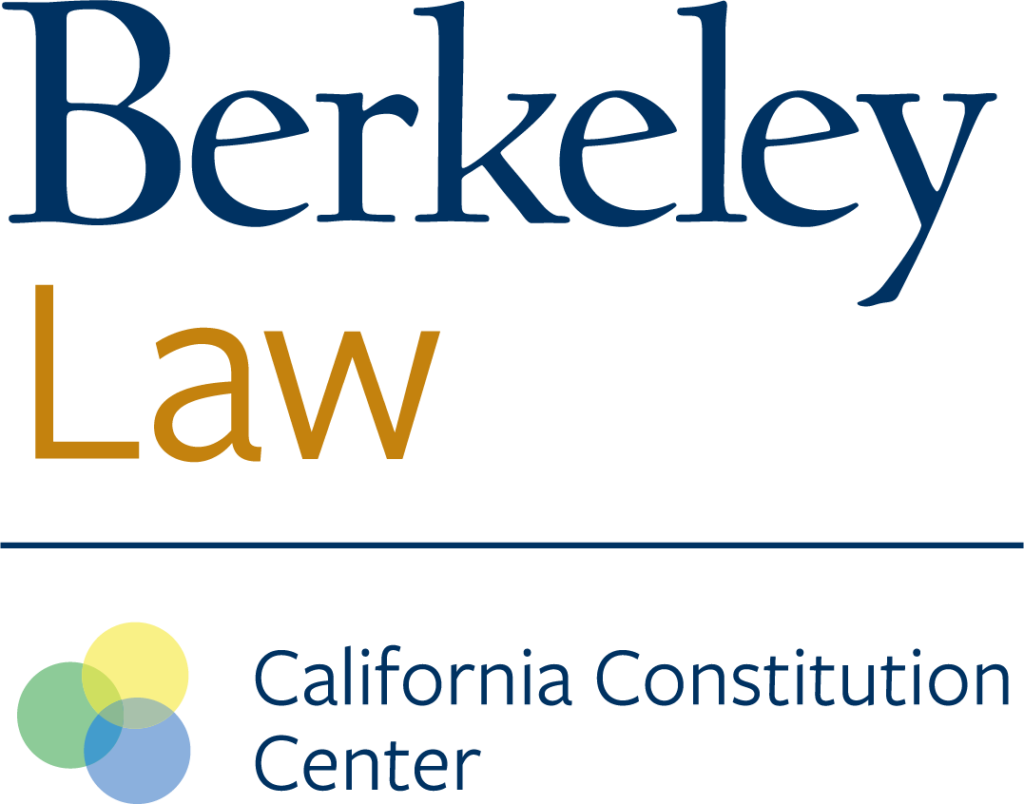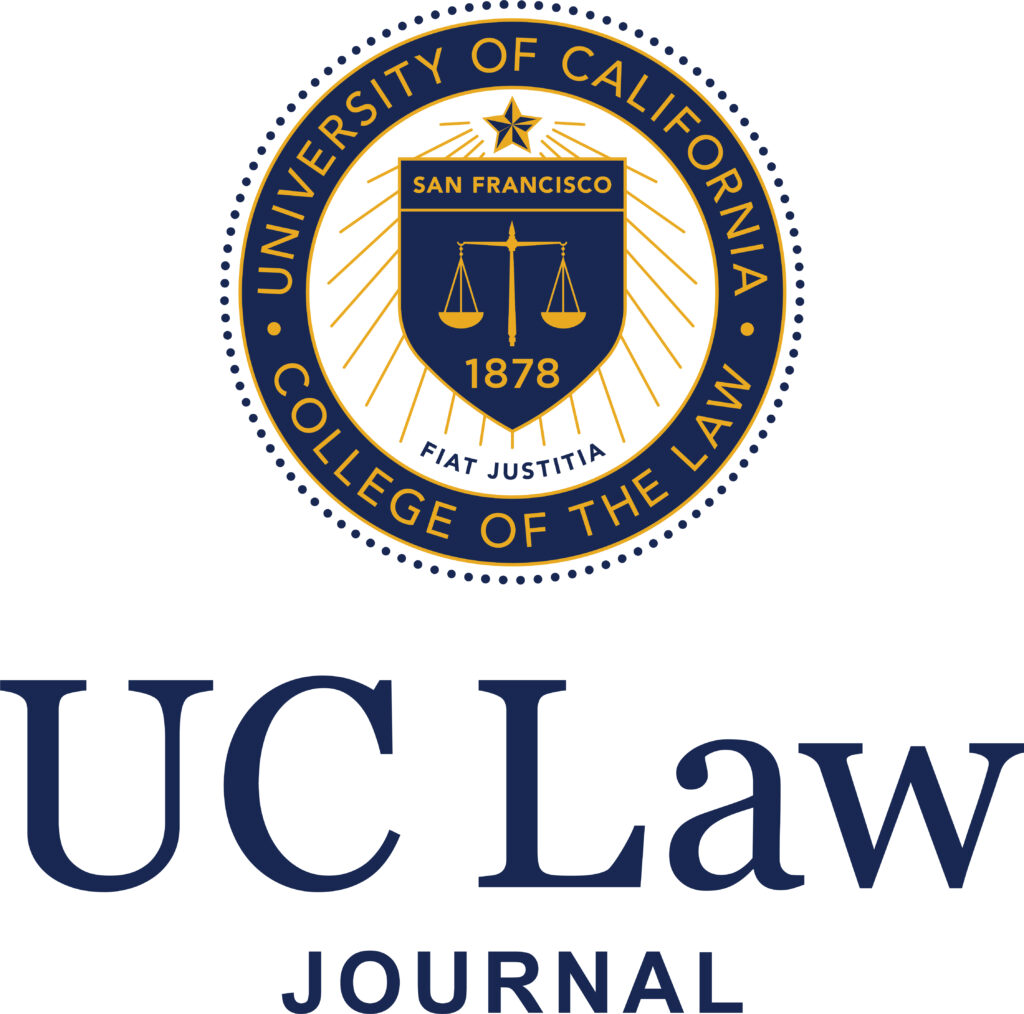Public Officials Do Not Automatically Forfeit Their Offices Under Article XII, Section 7
Introduction Article XII, section 7 of California’s constitution provides: “A transportation company may not grant free passes or discounts to anyone holding an office in this State; and the acceptance of a pass or discount by a public officer, other than a Public Utilities Commissioner, shall work a forfeiture of that office.”[1] We conclude that this section should not be taken literally: Article XII, section 7 does not mean that a public official who accepts free or discounted transportation automatically forfeits their office. The section’s history suggests that it was never so intended, and forfeiture of office is a disfavored...



